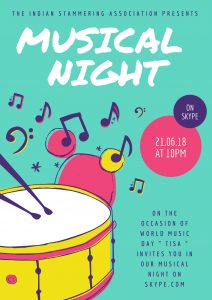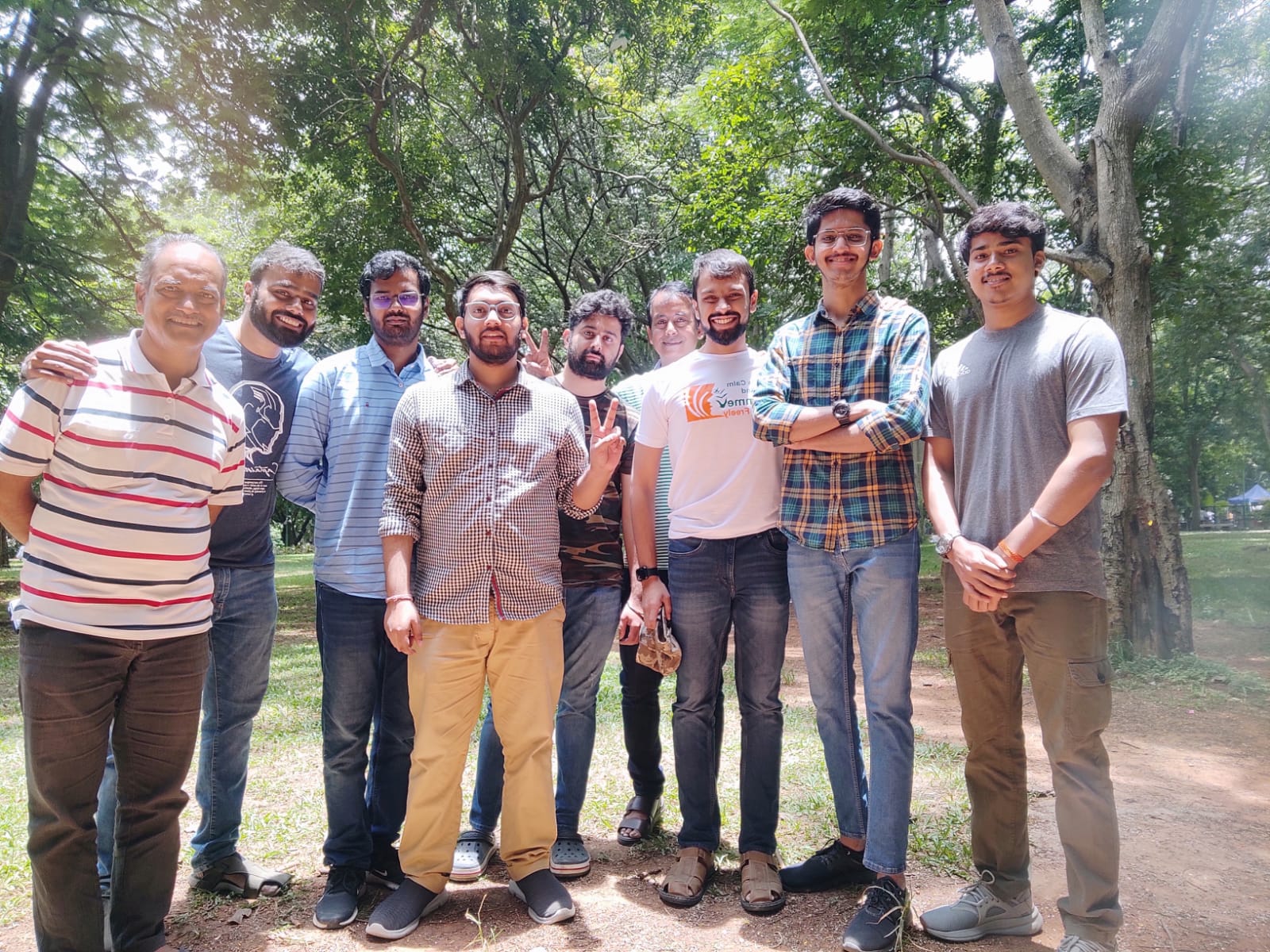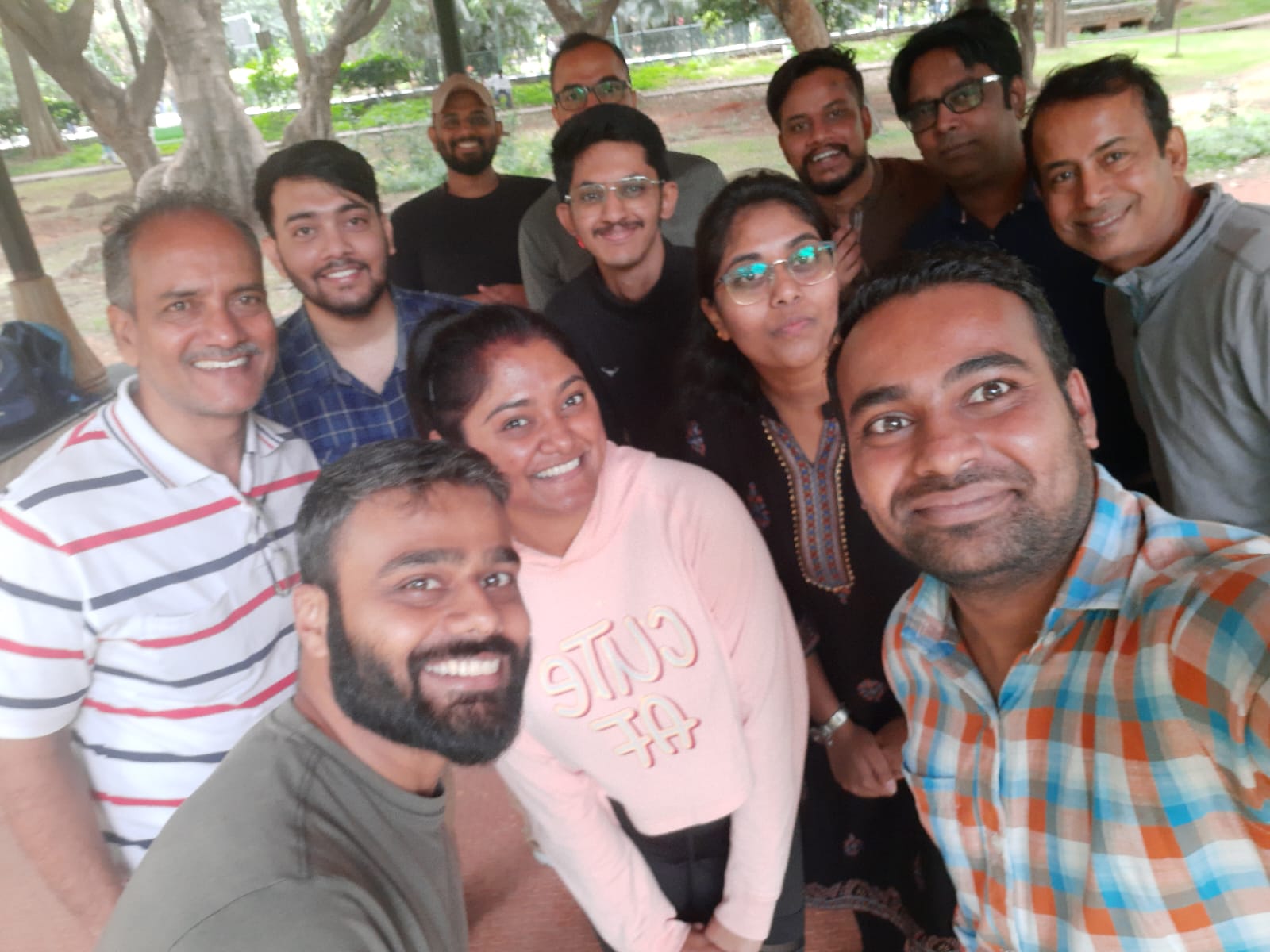The Indian Stammering Association organised a Skype Call on ” World Music Day ” on 21 June 2018
”Music expresses that which cannot be put into words, and that which cannot remain silent.”
~ Victor Huge

There’s nothing in the world like the sound of your favorite song coming on, it just gets right into your head and your body and makes you move. Or maybe it takes you on a journey to a faraway place and time, where you languish in a memory of times gone by and people who are no longer present. Some of our favorite songs can lift us up out of depression and sorry, and make an otherwise horrible day suddenly seem like it’s not so bad. World Music Day celebrates music in all its forms and the impact it’s had on the world and the human spirit.
History of World Music Day
Music has existed for as long as mankind has found its voice, and quite possibly before. Every culture of the world has it’s own form of music, as distinct and unique to its area as language and cuisine. In the western world, we are familiar only with scale, that known as the diatonic scale which should be familiar to anyone who took music classes or choir in school. But this is not the only or even the first scale that music can use.
There’s the chromatic scale, which has 12 notes instead of the 7, and the octatonic scale, which has 8 notes, but these are just the beginning. In every part of the world, there are different scales and musical formats used, and these create a form of music that has its own signature. Then when you add in the cultural themes, the variety of instruments, and the forms of voice singing that can go along with it, music is a truly endless adventure. World Music Day celebrates this adventure and those that dare to take it.
How to Celebrate World Music Day
The best way to Celebrate World Music Day is to spend the day listening to all your old favorites, and if you’re truly feeling adventurous start exploring YouTube for music from different cultures. You can explore Finnish and Hungarian, Italian and Mongolian, and then start digging into the folk music. With sources like these, it’s easier than ever to explore the panorama of musical experiences the world has to offer, and you can do it all from the comfort of your own home. Of course, you could always pick up an instrument and start adding your own voice to the choir!




